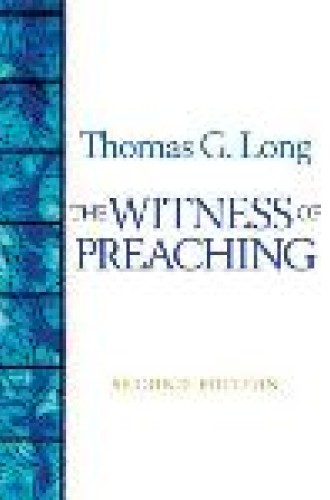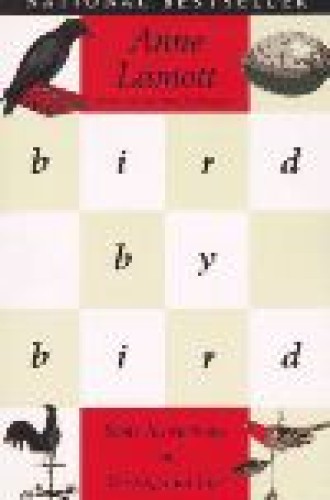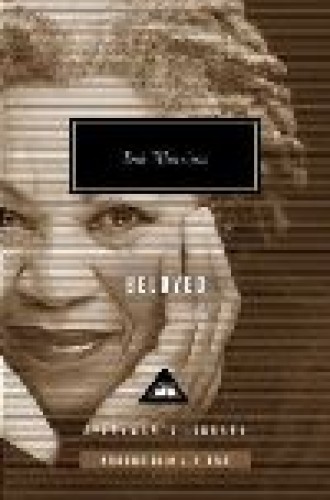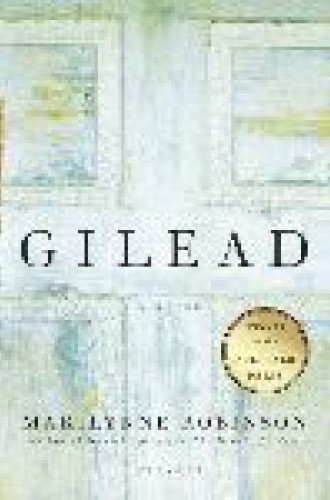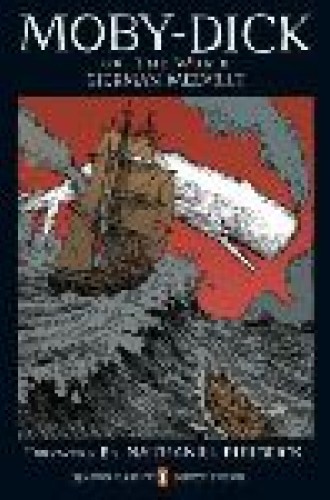7 essential books for preaching
My favorite book on the theology of preaching—which helps me remember what I’m doing and why—is the first one I ever read, the one that convinced me that going to seminary wasn’t a completely insane idea. Buechner’s gift for wringing beauty out of pain is one I appreciate more and more. Reading this book is like picking up somebody else’s family photo album and seeing your own face staring out at you from every page.
This is a nuts-and-bolts volume for moments when one has pulpit panic. It’s the sturdiest and most engaging of the preaching textbooks. Preaching is a daunting task, but Long breaks it down without losing the big picture. His process has room for both concrete thinkers and dreamy conceptualists. It is easily adaptable, which makes it extremely helpful for teachers.
Inspiration requires structure. For this reminder I usually turn to artists rather than theologians. Most artists are deeply theological, even if they aren’t religious; they get what preachers do, and they don’t make the mistake of confusing piety with elbow grease. Lamott is funny, wise, irreverent and no-nonsense. She makes me laugh at myself and my first drafts—which is good, because I write a lot of them.
I read others’ sermons to remember that I am not the first person to wrestle with these texts; other preachers do too, and their scars are beautiful. My job is to read them with gratitude rather than envy, and to take off my shoes when the preacher finally limps across the river at dawn. The Internet has tons of sermon resources, but books like this offer weight and breadth. The sermons by Allan Boesak, John Claypool and William Sloane Coffin alone make it worth the price.
Portraits of preachers remind us what we really look like and how the world sees us. These three fictional portraits—of Baby Suggs in Beloved, John Ames in Gilead and Father Mapple in Moby-Dick—are theologies of preaching in miniature. These are the preachers I hope to be some day, when I grow up.



